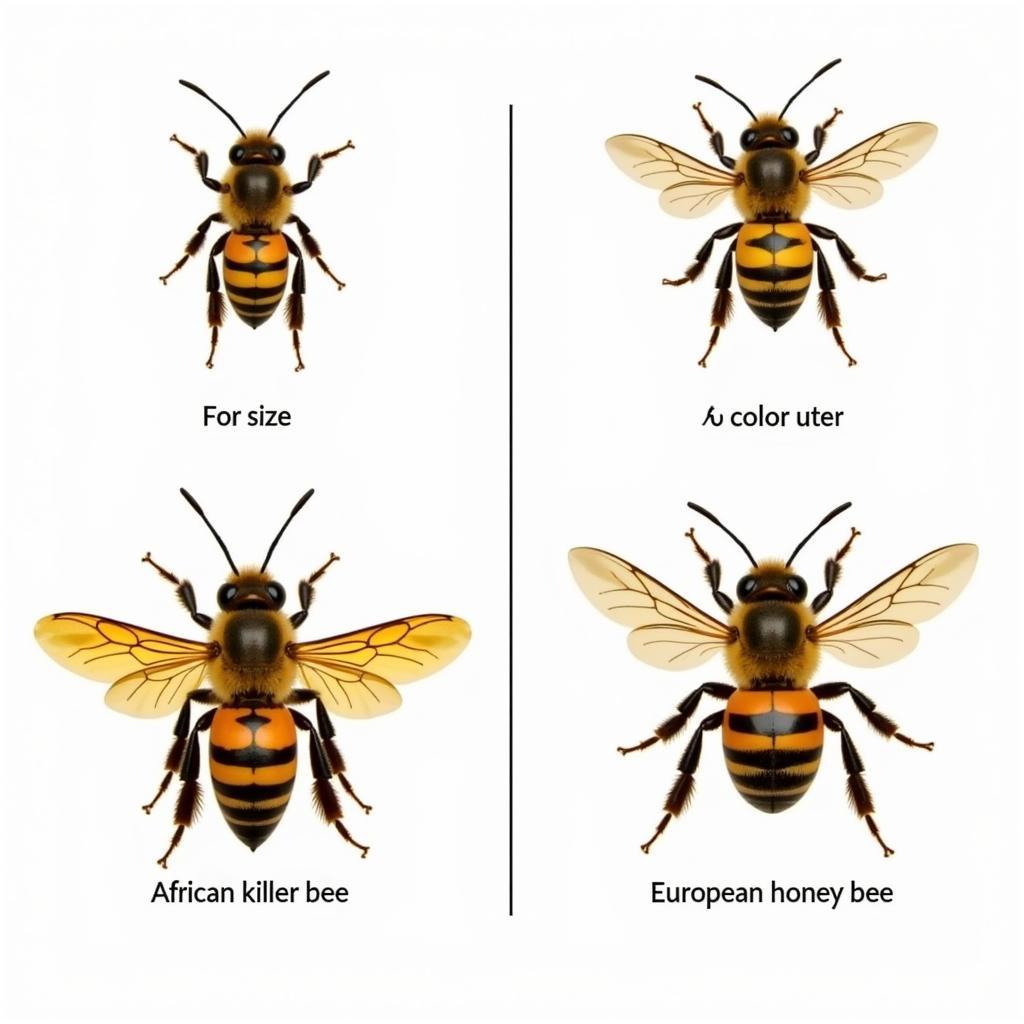African Kids Dancing Steps Go Viral: Why They’re Taking the World by Storm
African kids are taking the world by storm with their energetic, joyful dance moves. From the streets of Johannesburg to the villages of Mali, these young performers are showcasing the rich culture and vibrant spirit of Africa through captivating dance routines. These steps have gone viral, capturing the hearts and imaginations of viewers around the globe. Let’s delve into the reasons behind this global phenomenon and explore the impact of these viral dance videos.
The Power of African Dance
African dance is a rich and diverse art form with centuries-old traditions. It’s more than just entertainment; it’s a way of life, expressing joy, sorrow, celebration, and spirituality. Every step, every gesture, and every rhythm tells a story, reflecting the history, culture, and beliefs of the community.
What Makes These Dance Steps Go Viral?
There’s a certain magic to these videos that transcends cultural boundaries. Here are some key factors contributing to their popularity:
- Unbridled Joy and Energy: The infectious enthusiasm and raw talent of these kids are undeniable. Their moves are spontaneous, full of life, and radiate pure joy, resonating with viewers worldwide.
- Creative Expression: Many of these dance videos showcase improvisation and creativity. Kids aren’t just replicating steps; they’re expressing themselves freely, creating unique moves that capture the attention and imagination.
- Cultural Showcase: These dances are a window into the rich and diverse cultures of Africa. They introduce viewers to traditional music, costumes, and movements, expanding understanding and appreciation for the continent’s artistic heritage.
- Social Media Power: The ease of sharing and accessing videos on platforms like TikTok and YouTube has propelled these dance trends into the global spotlight.
The Impact of Viral Dance Videos
The viral nature of these videos has had a profound impact on African dance and culture. It’s:
- Promoting Cultural Awareness: These videos have exposed global audiences to the beauty and diversity of African dance, fostering a deeper understanding and appreciation for the continent’s culture.
- Inspiring Young Talent: The success of these young dancers is encouraging other kids across Africa to pursue their passion for dance, keeping the art form alive and thriving.
- Empowering Communities: The exposure these dance videos have brought has also shone a light on the challenges faced by communities in Africa. It’s sparked conversations about poverty, education, and the need for support.
The Future of African Dance
The global fascination with African kids dancing is only going to grow. As more and more talented youngsters showcase their skills online, the world will continue to be enthralled by the joy, energy, and creativity that these videos represent.
FAQ
Q: What are some popular African kids’ dance videos that have gone viral?
A: Some of the most popular videos include “Jerusalema,” featuring kids dancing in South Africa, and “Akwaaba,” showcasing a group of Ghanaian children.
Q: How can I learn more about African dance?
A: There are many resources available online and in your local community. Check out websites dedicated to African dance, visit local cultural centers, or explore online dance tutorials.
Q: Can I join in the fun and learn these dance moves?
A: Absolutely! There are many dance tutorials available online that teach the steps and routines featured in these viral videos. So put on some music and start moving!
Q: What impact do these videos have on the African dance industry?
A: The viral nature of these videos has put African dance on a global stage, attracting more attention and investment from around the world.
Q: How can I support the talented children featured in these videos?
A: You can support their efforts by sharing their videos, liking and commenting on their posts, and donating to organizations that support young dancers in Africa.
Let’s celebrate the joy and talent of African kids dancing, while simultaneously supporting their journey and promoting the rich cultural heritage they represent.

